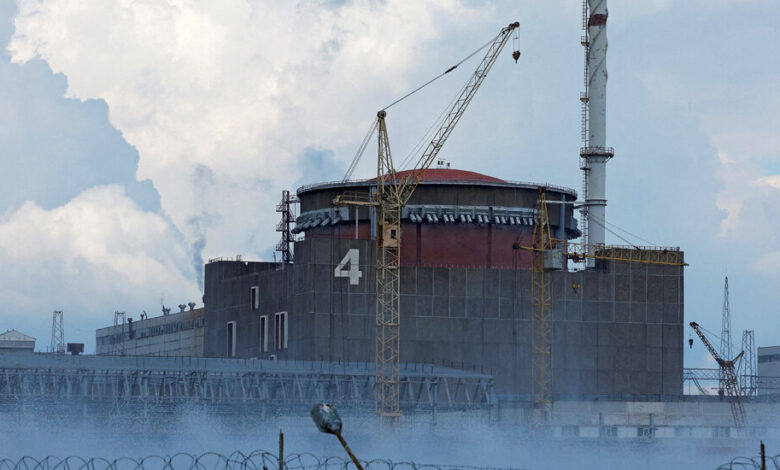Here are the risks as shelling continues at the Zaporizhzhia Nuclear Power Plant.

Repeated shelling inside the Zaporizhzhia Nuclear Power Plant complex over the past seven days has revived concerns of a nuclear accident.
The Ukrainians have accused the Russians of directing strikes there to cut off energy supplies to other cities and to try to discredit the Ukrainian military in the world’s eyes. The Russians say Ukraine is doing the shelling.
Both sides would suffer if a meltdown occurred and spread radioactive material.
While they are designed to withstand a range of risk — from a plane crashing into the facility to natural disasters — no operating nuclear power plant has ever been in the middle of active fighting, and this one was not designed with the threat of cruise missiles in mind.
There are several main concerns.
The concrete shell of the site’s six reactors offer strong protection, as was the case when the No. 1 reactor was struck in March, officials say. More worrying is the chance that a power transformer is hit by shelling, raising the risk of a fire.
Ukrainian officials have accused Russia of hiding dozens of military vehicles with an unknown amount of munitions on the premises of at least two reactors. If a fire were to break out at the power transformers and the electric network was taken offline, that could cause a breakdown of the plant’s cooling system and lead to a catastrophic meltdown, said Edwin Lyman, a nuclear power expert at the Union of Concerned Scientists, a private group in Cambridge, Mass.
He noted that the loss of coolant during the Fukushima accident in Japan in 2011 resulted in three reactors undergoing some degree of core meltdown.
If the cooling is interrupted, Dr. Lyman said, the nuclear fuel could become hot enough to melt in a matter of hours. Eventually, it could melt through the steel reactor vessel and even the outer containment structure, releasing radioactive material.
According to Ukrainian officials, a shell hit a power transformer at the No. 6 reactor at the same time the No. 1 reactor was struck. It did not explode, according to Ukrainian officials.
Dr. Lyman said the threat would decrease in the case of a military strike on the dry spent-fuel storage area next to Zaporizhzhia’s reactors. While used fuel can still be dangerously hot for years, it quickly loses much of its radioactivity, making any breach less threatening — although it if were hit by a shell or missile the radioactive particles would spread in the air.
